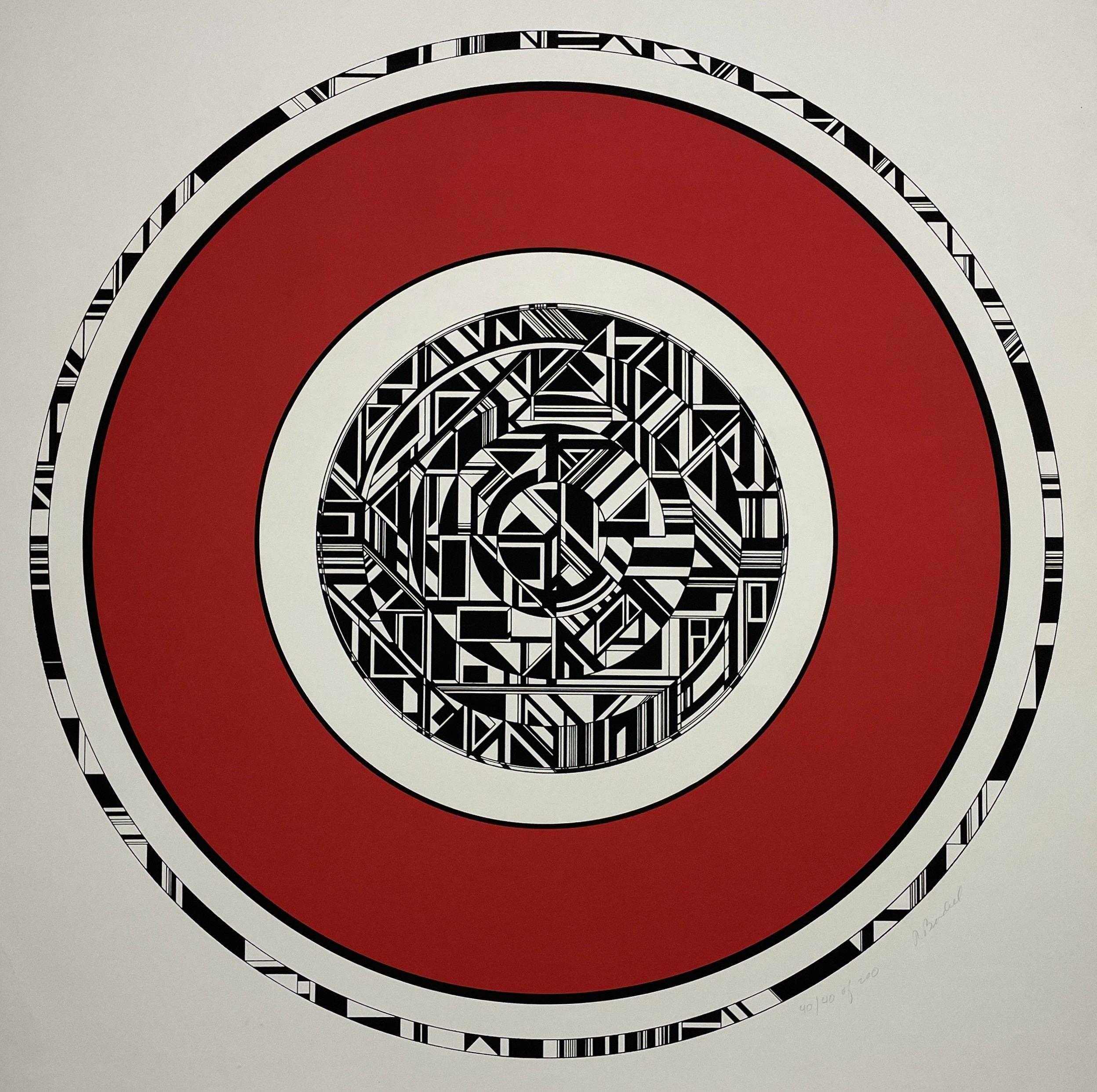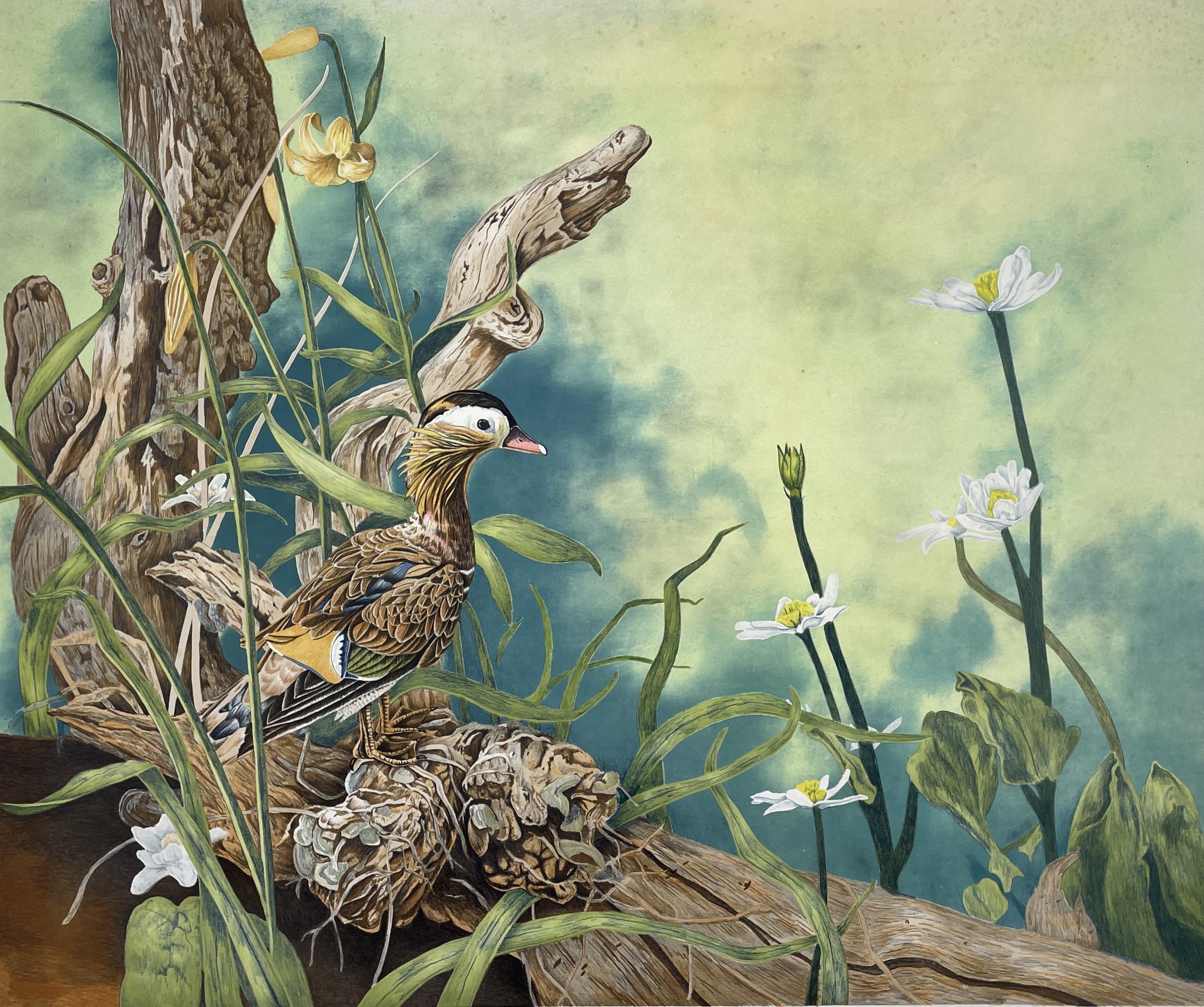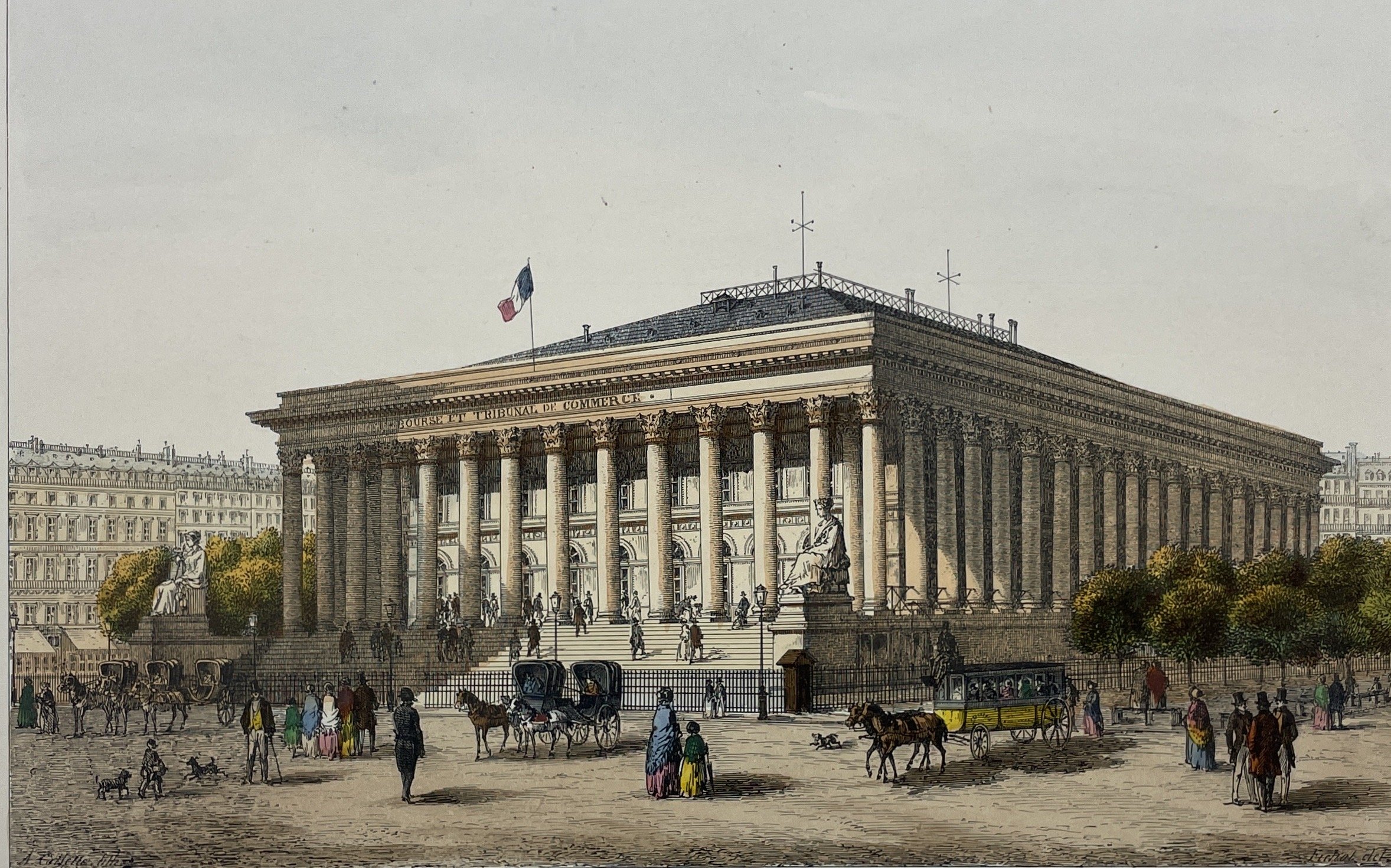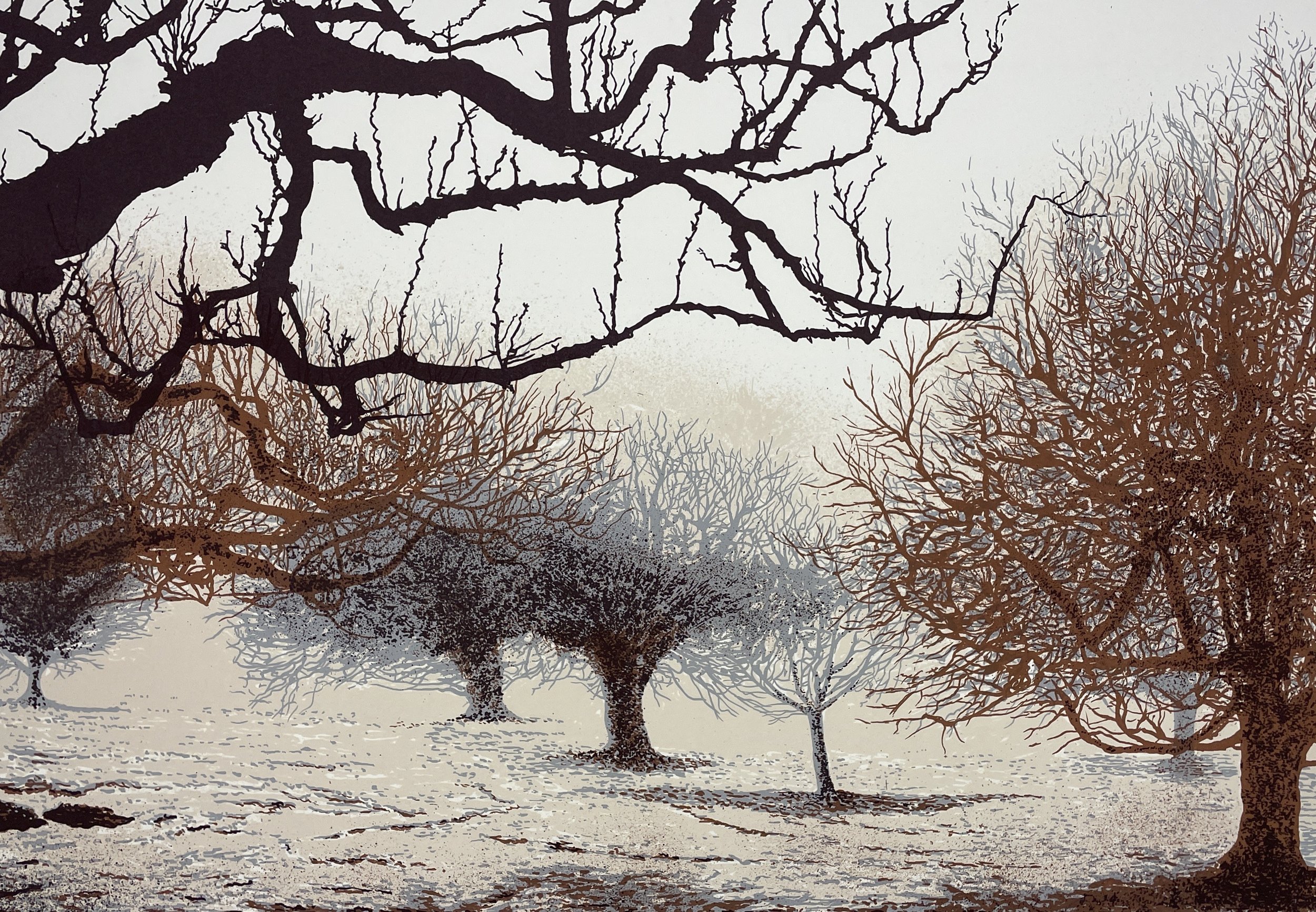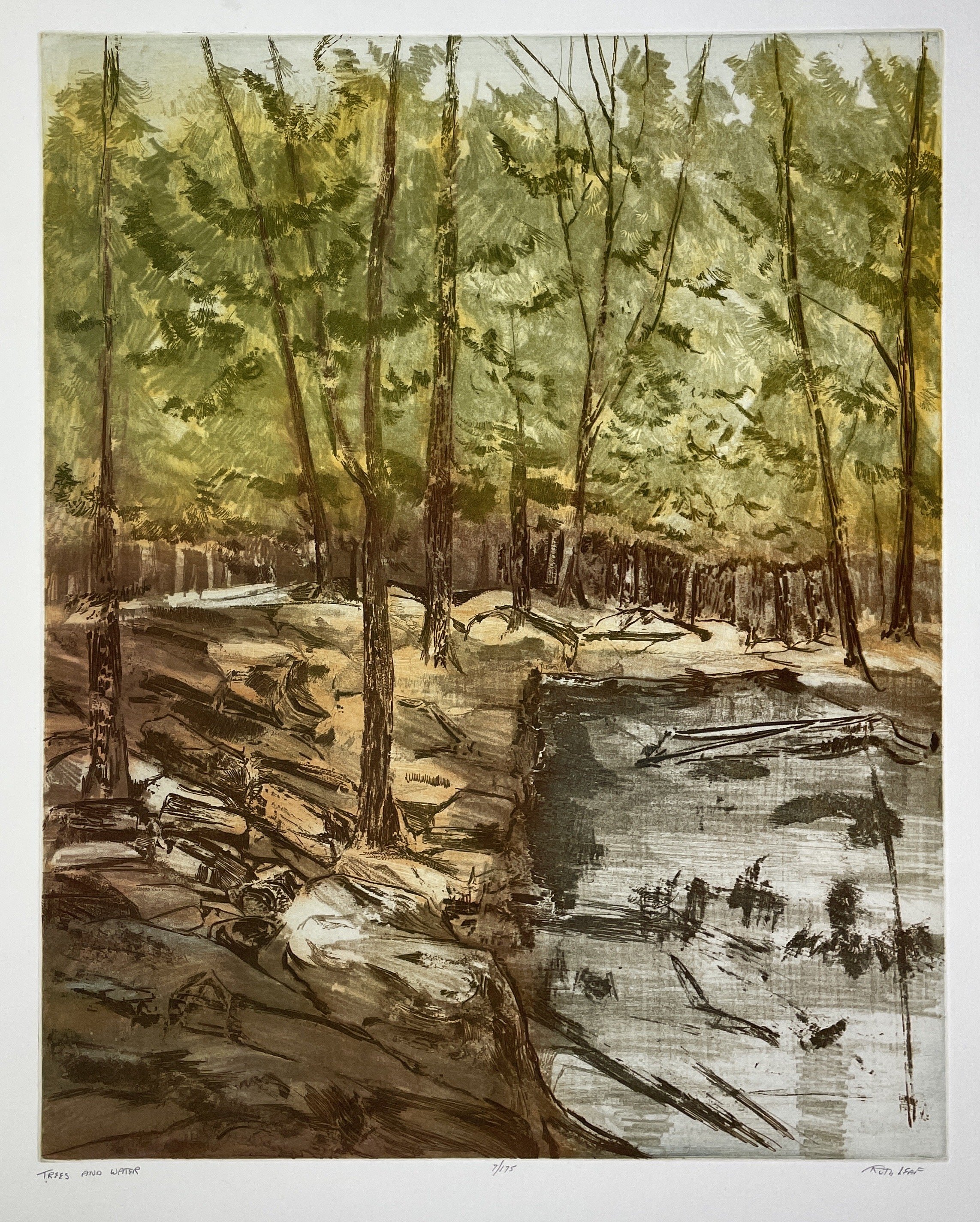
Lose Yourself In Art To Find Yourself….
So what exactly is a fine art print?
Let’s break it down.
A print by definition is: an impression made by any method involving transfer from one surface to another. But here is where it gets tricky. There are many methods of this so called “impression” otherwise referred to as printmaking , including, but not limited to: Lithography, Silkscreen/Serigraphy, Collagraphy, Engraving, Etching, Monotypes, Woodcuts, Linocuts, Posters, and Intaglio. In addition, printmaking has been around for thousands of years and is first dated to the Sumerians in 3000 BCE who used engraving techniques to recreate impressions in clay. until recently, artists primarily made prints by hand using the above methods. Considered to be some of the most challenging printmaking methods, these prints were considered fine art. After the mid-20th century, there was a spectacular increase in printmaking activity. Artists all over the world experimented with every conceivable medium. In this period, probably more prints were made and more technical innovations introduced than during the whole history of printmaking.
In the 1990s, Giclee inkjet digital printing was developed, and since then, digital printmaking using inkjet printers has been used to copy art to paper, canvas, aluminum, and acrylic, creating a reproduction of the original. However, Giclee printing methods and final products look quite different from the hand-drawn images immortalized in ink and printing plates.
With the understanding of the different types of printmaking processes, we develop a deeper appreciation of the finished product. Rather than seeing the pieces as mere reproductions, we see them for the individual pieces of art they are.
Curator Converstaion | Exploring Techniques: A Printmaking Studio Visit
https://youtu.be/HHLVMwM3VV0?list=TLPQMjAwNDIwMjPktKwwI1i3HA
https://www.britannica.com/art/printmaking/History-of-printmaking

